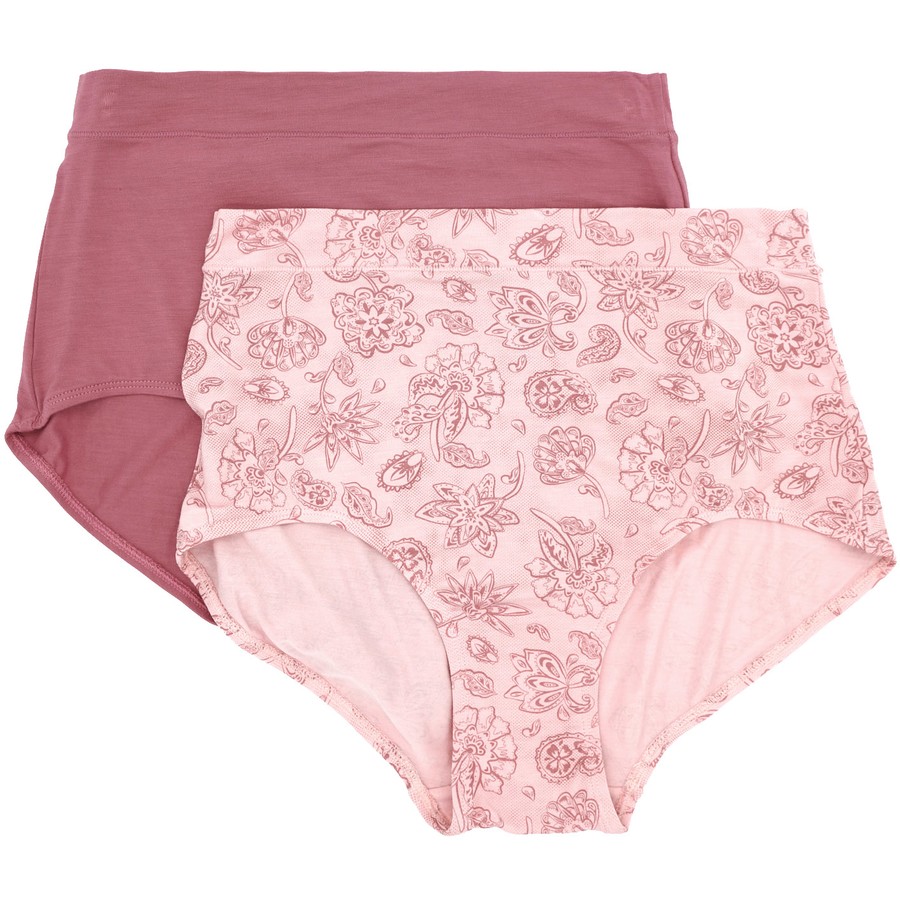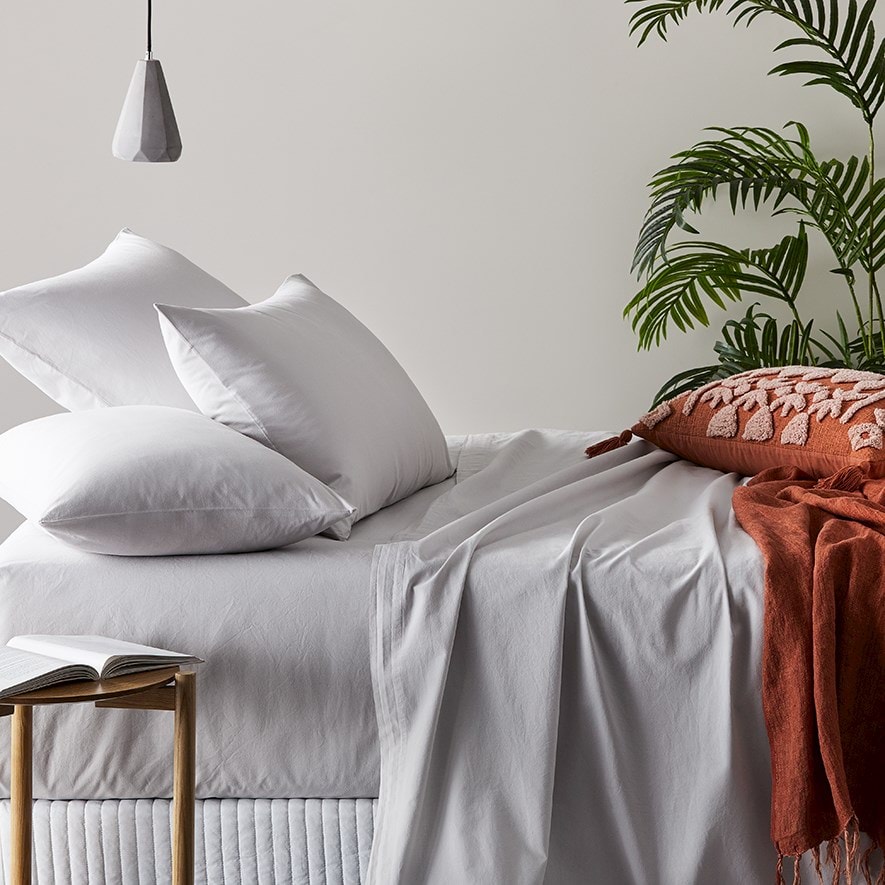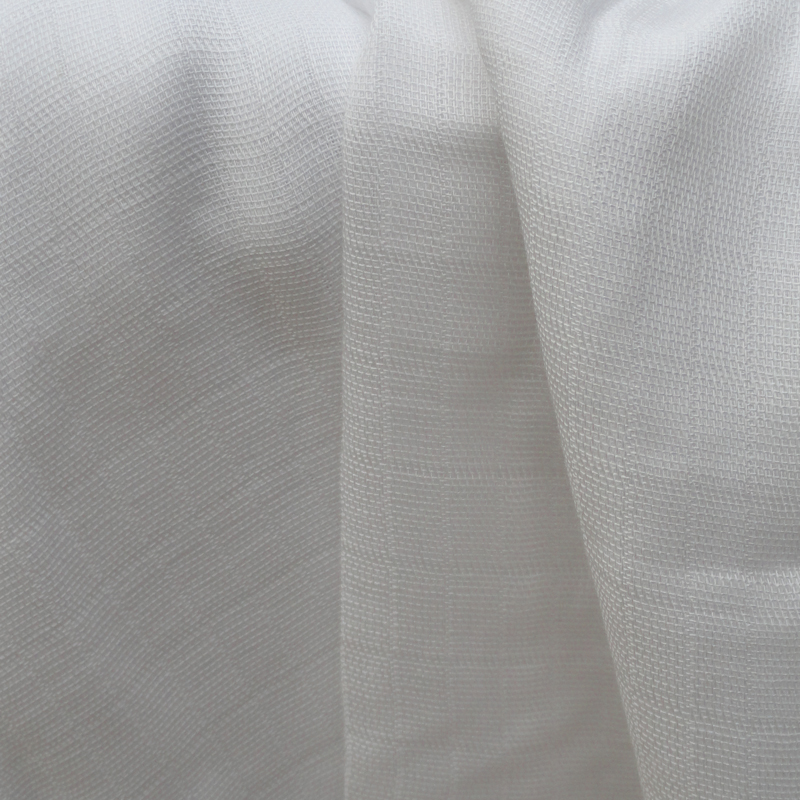
I’ve always been fascinated by the incredible ability of bamboo to capture and store carbon, making it a powerful tool in combating climate change.
In this article, we’ll delve deep into the science behind bamboo’s carbon sequestration and explore how it compares to other plants.
We’ll also uncover the factors that affect bamboo’s carbon sequestration capacity and discuss the potential of bamboo forests as natural carbon sinks.
Join me on this journey as we explore the green advantage of bamboo and its role in mitigating climate change.

Key Takeaways
- Bamboo has a higher carbon sequestration rate compared to trees, absorbing up to four times more carbon dioxide.
- Bamboo forests act as carbon sinks, storing carbon in stems, leaves, and roots.
- Bamboo’s rapid growth and unique cellular structure enable efficient carbon capture and storage.
- Bamboo’s carbon sequestration potential makes it a powerful tool in mitigating climate change and promoting a greener future.
The Importance of Carbon Sequestration
You should understand the importance of carbon sequestration and how it benefits the environment.
Carbon sequestration is the process of capturing and storing carbon dioxide from the atmosphere, preventing it from contributing to global warming. This is crucial because carbon dioxide is a greenhouse gas that traps heat in the Earth’s atmosphere, leading to climate change.
By sequestering carbon, we can help reduce the amount of greenhouse gases in the atmosphere and mitigate the effects of climate change.
One way to achieve carbon sequestration is through the use of bamboo. Bamboo has a unique ability to absorb and store carbon dioxide at a faster rate than most other plants. This makes it an excellent tool in the fight against climate change and a sustainable option for promoting a greener future.

Understanding Bamboo’s Role in Carbon Capture
Explore how bamboo contributes to the capture of carbon dioxide and its role in mitigating climate change.
Bamboo, a versatile and sustainable plant, plays a crucial role in carbon sequestration. As it grows rapidly, it absorbs large amounts of carbon dioxide from the atmosphere. This process helps to reduce greenhouse gas emissions and combat the effects of climate change.
Bamboo’s ability to capture carbon is remarkable, as it can absorb up to four times more carbon dioxide compared to other trees. Additionally, bamboo forests act as carbon sinks, storing carbon in their stems, leaves, and roots for long periods.
The Science Behind Bamboo’s Carbon Sequestration
Learn about the scientific processes that enable bamboo to capture and store significant amounts of carbon dioxide, contributing to the fight against climate change.

Bamboo’s ability to sequester carbon is a result of its rapid growth and unique cellular structure. As a fast-growing plant, bamboo takes in large amounts of carbon dioxide during photosynthesis. It then converts this carbon dioxide into glucose, which is used to build its strong and flexible stalks.
The secret lies in the bamboo’s high cellulose content. Cellulose is a complex carbohydrate that contains carbon, and bamboo has an exceptional ability to store this carbon for long periods of time.
This means that bamboo can effectively remove carbon dioxide from the atmosphere and lock it away, helping to reduce greenhouse gas emissions and combat climate change.
Factors Affecting Bamboo’s Carbon Sequestration Capacity
Factors such as soil quality, temperature, and sunlight availability can influence how much carbon dioxide bamboo can capture and store. As a passionate botanist, I have conducted extensive research on bamboo’s carbon sequestration capacity, and these factors play a significant role in determining its effectiveness.

Firstly, soil quality affects the availability of nutrients for bamboo growth, which directly impacts its ability to absorb carbon dioxide. Rich, fertile soils provide essential nutrients for the plant, resulting in better growth and increased carbon sequestration.
Secondly, temperature plays a crucial role in bamboo’s photosynthesis process. Warmer temperatures generally lead to higher rates of photosynthesis, allowing the plant to absorb more carbon dioxide from the atmosphere.
Lastly, sunlight availability is vital for bamboo’s growth and development. Ample sunlight ensures optimal photosynthesis, which in turn, enhances its ability to capture and store carbon dioxide.
Understanding these factors is essential in harnessing bamboo’s potential as a powerful carbon sink.

Comparing Bamboo’s Carbon Sequestration to Other Plants
When it comes to carbon storage potential, bamboo is often compared to trees.
In this discussion, I want to explore the key points of bamboo versus trees in terms of their carbon sequestration capabilities.
Additionally, I will delve into the environmental impact analysis of both bamboo and trees, considering factors like land use and resource consumption.
Bamboo Vs. Trees
Did you know that bamboo has a higher carbon sequestration rate compared to trees? It’s fascinating how this humble plant can play such a significant role in mitigating climate change.

As someone who cares deeply about the environment, I find it incredibly inspiring. Bamboo’s ability to absorb and store carbon dioxide is astounding. It can sequester up to four times more carbon than trees, making it an excellent tool in the fight against global warming.
Not only does bamboo absorb carbon dioxide, but it also releases oxygen back into the atmosphere. Its rapid growth and extensive root system contribute to its remarkable carbon sequestration capabilities.
Carbon Storage Potential
In my previous discussion about bamboo versus trees, I highlighted the numerous advantages of bamboo, such as its fast growth and versatility.
Now, let’s dive deeper into one of the most remarkable benefits of bamboo: its carbon storage potential. As a species, bamboo has an incredible ability to sequester carbon dioxide from the atmosphere. In fact, bamboo can absorb up to four times more CO2 compared to trees. This makes bamboo an excellent ally in the fight against climate change.

By planting bamboo forests, we can effectively reduce greenhouse gas emissions and mitigate the impacts of global warming. Additionally, bamboo’s rapid growth and extensive root system contribute to soil stability, preventing erosion and protecting vital ecosystems.
It is clear that bamboo’s green advantage extends beyond its physical properties, making it a powerful tool in the battle against climate change.
Environmental Impact Analysis
To fully understand the environmental impact of bamboo, I should analyze and evaluate its carbon storage potential compared to other plants. Carbon storage is crucial in combating climate change, and bamboo’s ability to sequester carbon makes it an eco-friendly choice.
Bamboo is known to absorb more carbon dioxide than most other plants, thanks to its fast growth rate and dense foliage. This means that bamboo can effectively reduce the amount of this greenhouse gas in the atmosphere.

Additionally, bamboo’s extensive root system helps prevent soil erosion, improving water quality and protecting local ecosystems.
Bamboo Forests: Nature’s Carbon Sink
When it comes to bamboo forests, three key points that need to be discussed are their carbon storage capacity, their environmental impact assessment, and their potential as a sustainable alternative to deforestation.
First, bamboo has a remarkable ability to store carbon due to its rapid growth and dense structure, making it an excellent natural carbon sink.
Second, an environmental impact assessment is crucial to understand the overall effects of bamboo forests on the ecosystem and ensure their sustainable management.

Lastly, promoting bamboo as an alternative to deforestation can help mitigate climate change and preserve biodiversity, providing a viable solution for sustainable development.
Carbon Storage Capacity?
Did you know that bamboo has an impressive carbon storage capacity? It’s true!
As someone who has always been fascinated by the environmental benefits of bamboo, I was amazed to learn about its ability to sequester carbon. Bamboo has a unique advantage when it comes to carbon storage, thanks to its rapid growth and dense fiber structure.
This incredible plant can absorb and store a significant amount of carbon dioxide from the atmosphere, helping to mitigate climate change. In fact, studies have shown that bamboo can sequester up to four times more carbon than other types of trees.

This makes bamboo an excellent choice for reforestation efforts and sustainable construction materials. With its remarkable carbon storage capacity, bamboo truly stands out as a green champion in our fight against climate change.
Environmental Impact Assessment?
Understanding the environmental impact assessment is crucial for evaluating the effects of certain activities on the surrounding ecosystem. It allows us to determine how our actions can potentially harm or benefit the environment.
When it comes to bamboo, conducting an environmental impact assessment is equally important. Bamboo is known for its sustainability and positive environmental impact, but it is essential to assess its cultivation and processing methods to ensure they align with sustainable practices.
This assessment helps us understand the impact of bamboo cultivation on soil erosion, water usage, and biodiversity. It also allows us to identify any potential negative consequences, such as chemical usage or habitat destruction.

Sustainable Alternative to Deforestation?
To find a sustainable alternative to deforestation, you should explore the benefits of reforestation and tree planting initiatives.
These initiatives not only help combat climate change by sequestering carbon dioxide from the atmosphere but also promote biodiversity and support local communities.
Reforestation involves planting trees in areas that have been cleared or damaged by deforestation. By restoring these areas with native tree species, we can recreate vital habitats for wildlife and improve ecosystem health.
Tree planting initiatives can be done on a smaller scale, such as in urban areas or on private land, and can still have a significant impact on mitigating climate change. Additionally, these initiatives provide opportunities for job creation and economic growth, as well as improving air and water quality.

Harnessing Bamboo’s Carbon Sequestration Potential
You can harness bamboo’s carbon sequestration potential to reduce your carbon footprint.
Bamboo is a remarkable plant that has the ability to absorb and store large amounts of carbon dioxide from the atmosphere. As it grows, bamboo takes in more carbon dioxide than most other plants, making it a highly effective tool in the fight against climate change.
By choosing bamboo products, such as furniture, flooring, or even clothing, you are supporting an industry that actively contributes to carbon sequestration. Additionally, planting bamboo in your garden or yard can further enhance its carbon sequestration capabilities.
Not only does bamboo help to reduce greenhouse gas emissions, but it also offers countless other environmental benefits, such as preventing soil erosion and promoting biodiversity.

Embracing bamboo as a sustainable resource is a simple yet impactful way to make a positive difference for our planet.
Implications for Climate Change Mitigation
Now that we understand the potential of harnessing bamboo’s carbon sequestration abilities, let’s explore the implications it has for climate change mitigation.
As someone passionate about protecting our planet, I find it fascinating how this humble plant can play such a crucial role in reducing greenhouse gas emissions. By absorbing carbon dioxide from the atmosphere and storing it in its fast-growing shoots, bamboo acts as a natural carbon sink.
This means that if we promote the use of bamboo in various industries, such as construction and textiles, we can effectively reduce our carbon footprint. Furthermore, bamboo’s rapid growth rate and ability to regenerate quickly make it a sustainable alternative to traditional materials.

With bamboo, we have a powerful tool in our hands to combat climate change and create a greener future.
Frequently Asked Questions
Can Bamboo Only Sequester Carbon in Certain Types of Environments?
Yes, bamboo can sequester carbon in various types of environments. It has a remarkable ability to absorb and store carbon dioxide, making it an effective tool in combating climate change.
How Long Does It Take for Bamboo to Start Sequestering Carbon?
It takes bamboo a few years to start sequestering carbon. The exact timeline may vary depending on factors like soil conditions and climate. However, once established, bamboo can continue to sequester carbon for many years.
What Are the Main Challenges in Harnessing Bamboo’s Carbon Sequestration Potential?
The main challenges in harnessing bamboo’s carbon sequestration potential include limited knowledge on optimal growth conditions, lack of standardized measurement techniques, and difficulty in scaling up production to meet demand.

Are There Any Negative Impacts on the Environment Associated With Bamboo’s Carbon Sequestration?
Yes, there can be negative impacts on the environment associated with bamboo’s carbon sequestration. It can lead to changes in soil composition, disrupt local ecosystems, and reduce biodiversity.
Can Bamboo’s Carbon Sequestration Capacity Be Enhanced Through Specific Cultivation Practices or Technologies?
Yes, bamboo’s carbon sequestration capacity can be enhanced through specific cultivation practices or technologies. By optimizing soil conditions and using advanced planting techniques, we can maximize bamboo’s ability to absorb and store carbon dioxide.
Conclusion
In conclusion, I’m amazed by bamboo’s green advantage after diving deep into its carbon sequestration potential. Bamboo has proven to be a powerful tool in capturing carbon dioxide and mitigating climate change. Its fast growth rate and high carbon storage capacity make it a natural solution for reducing greenhouse gas emissions.
By harnessing bamboo’s potential and promoting the growth of bamboo forests, we can make a significant impact in our fight against climate change.

